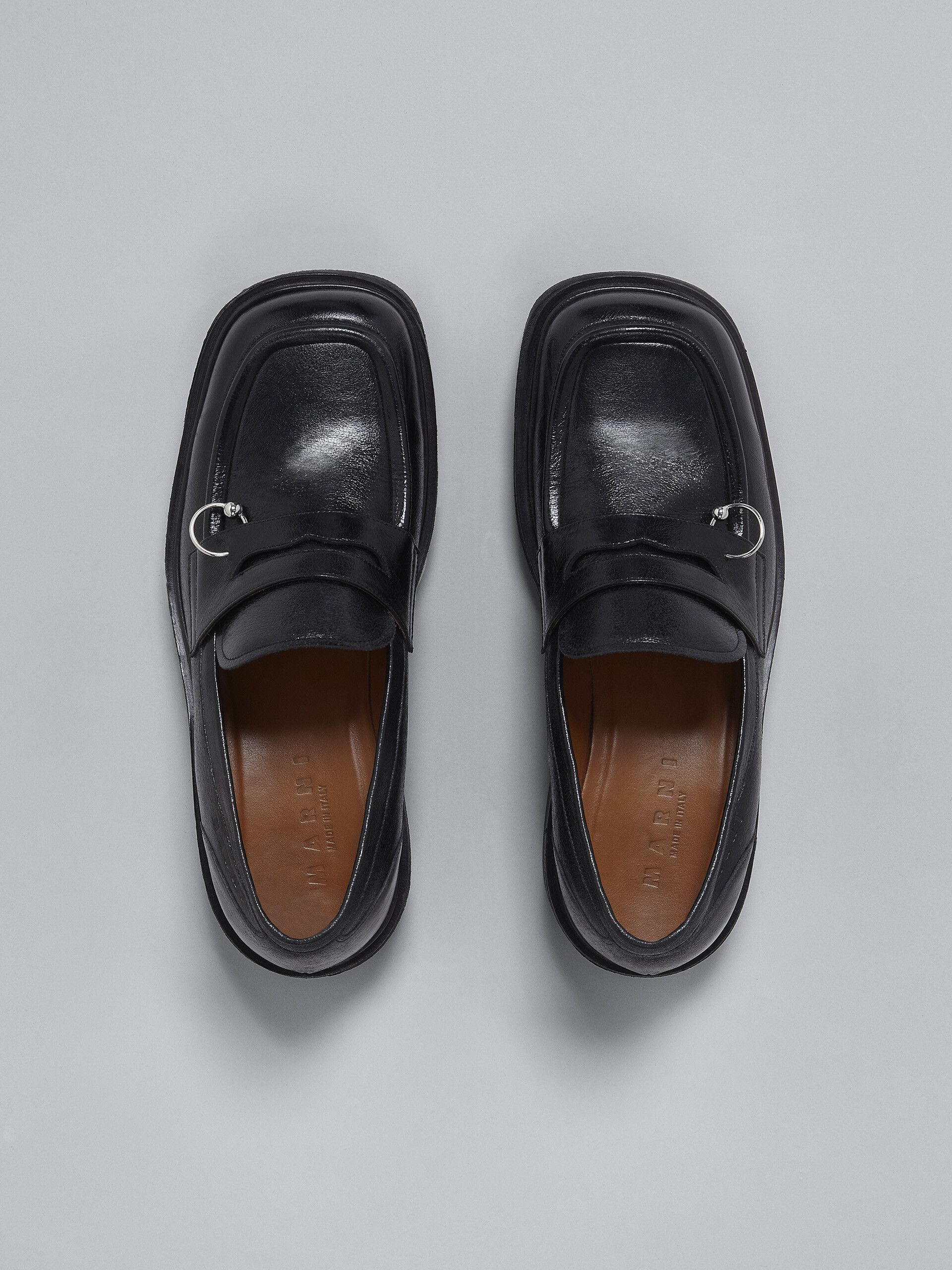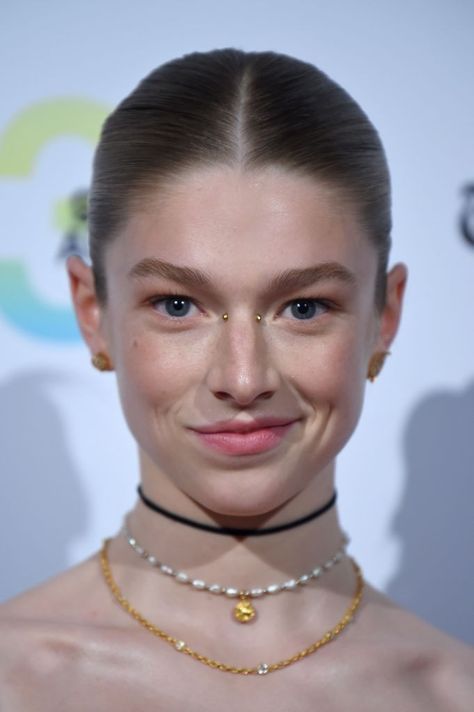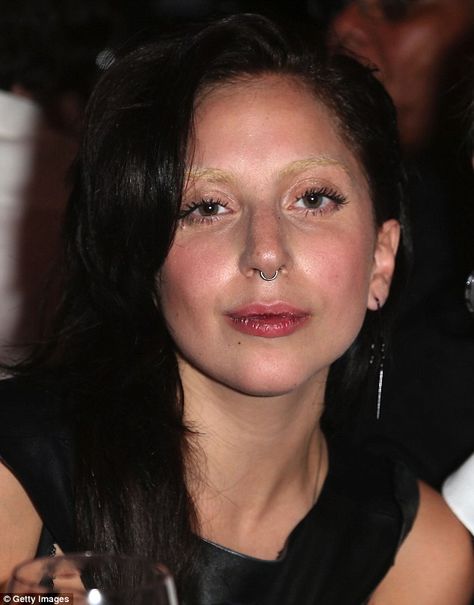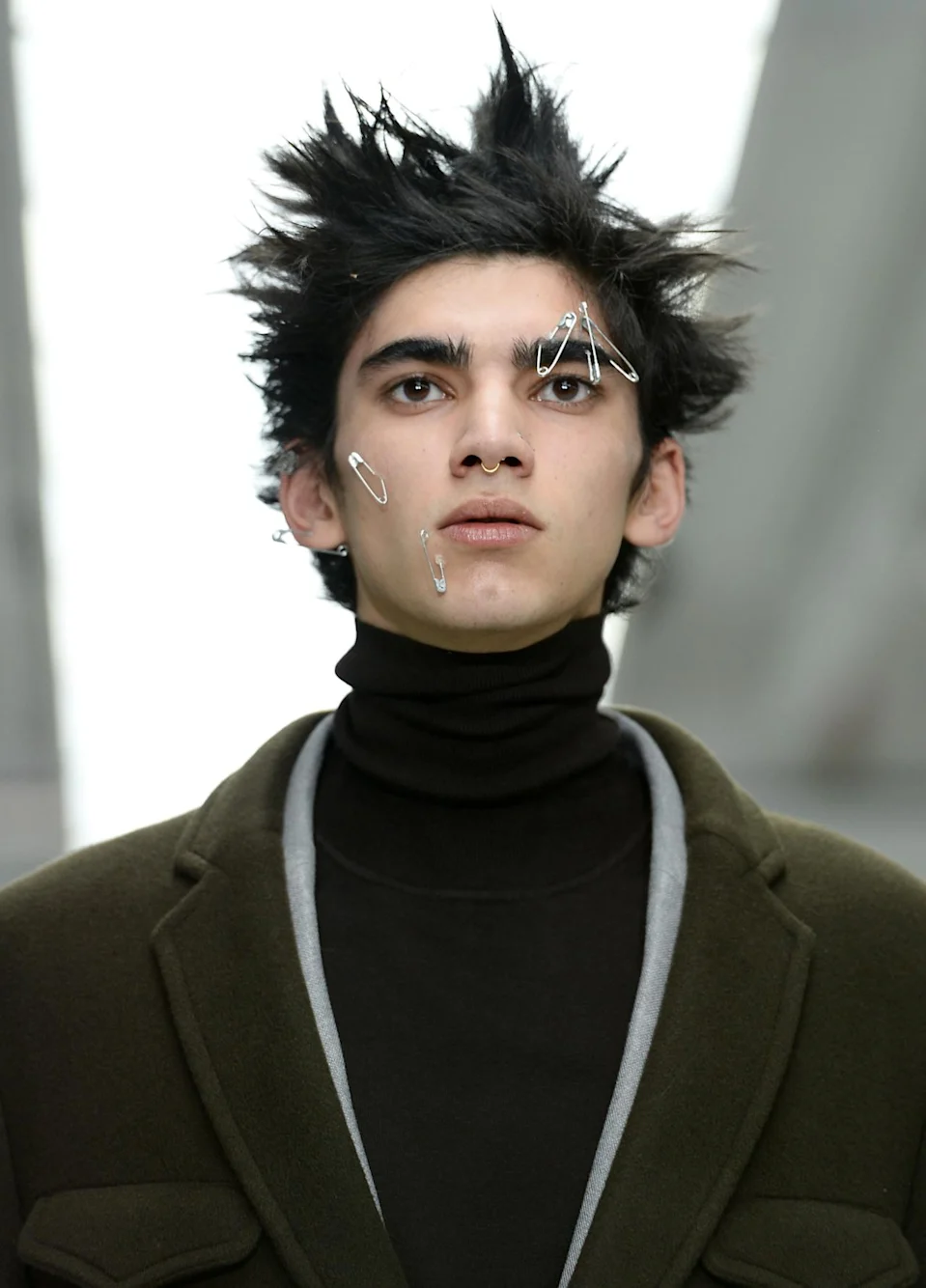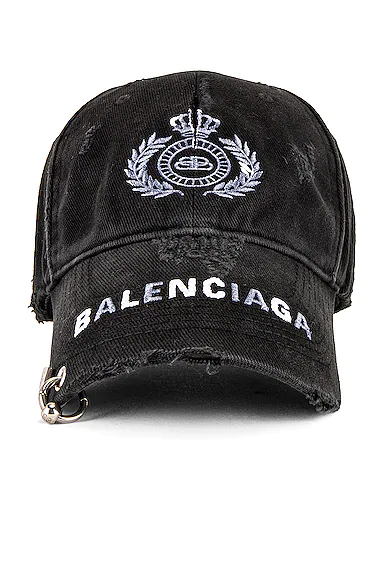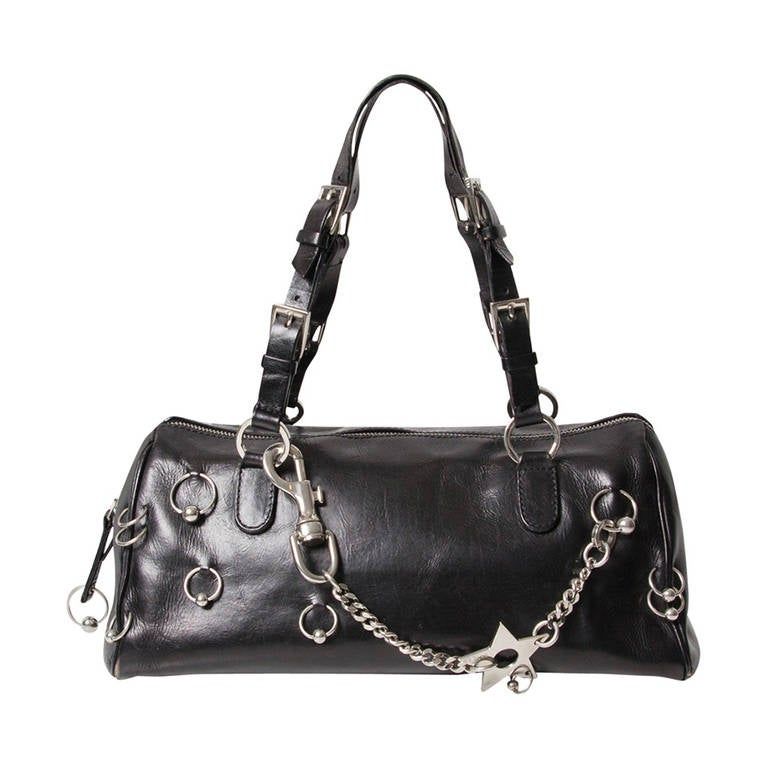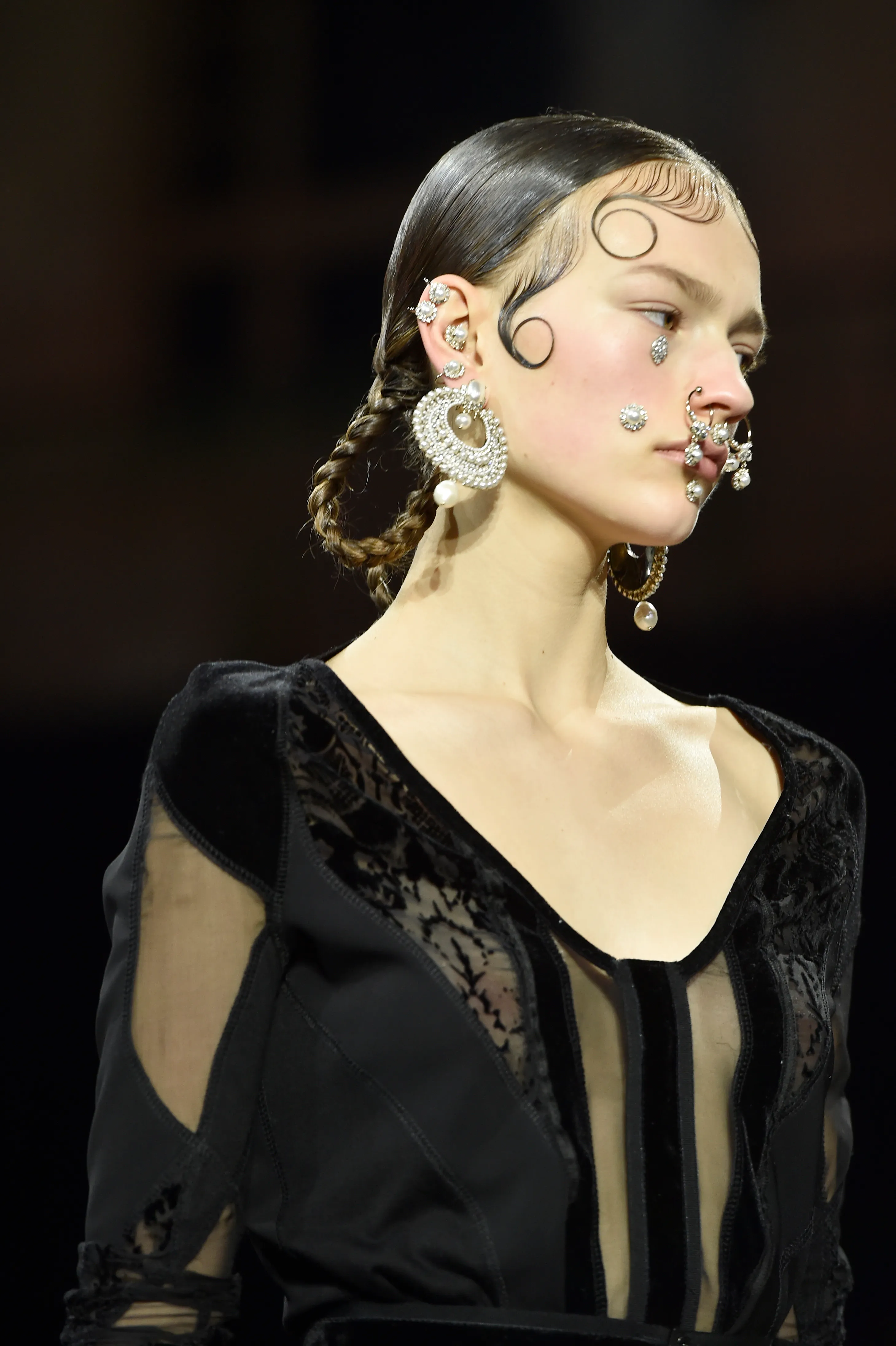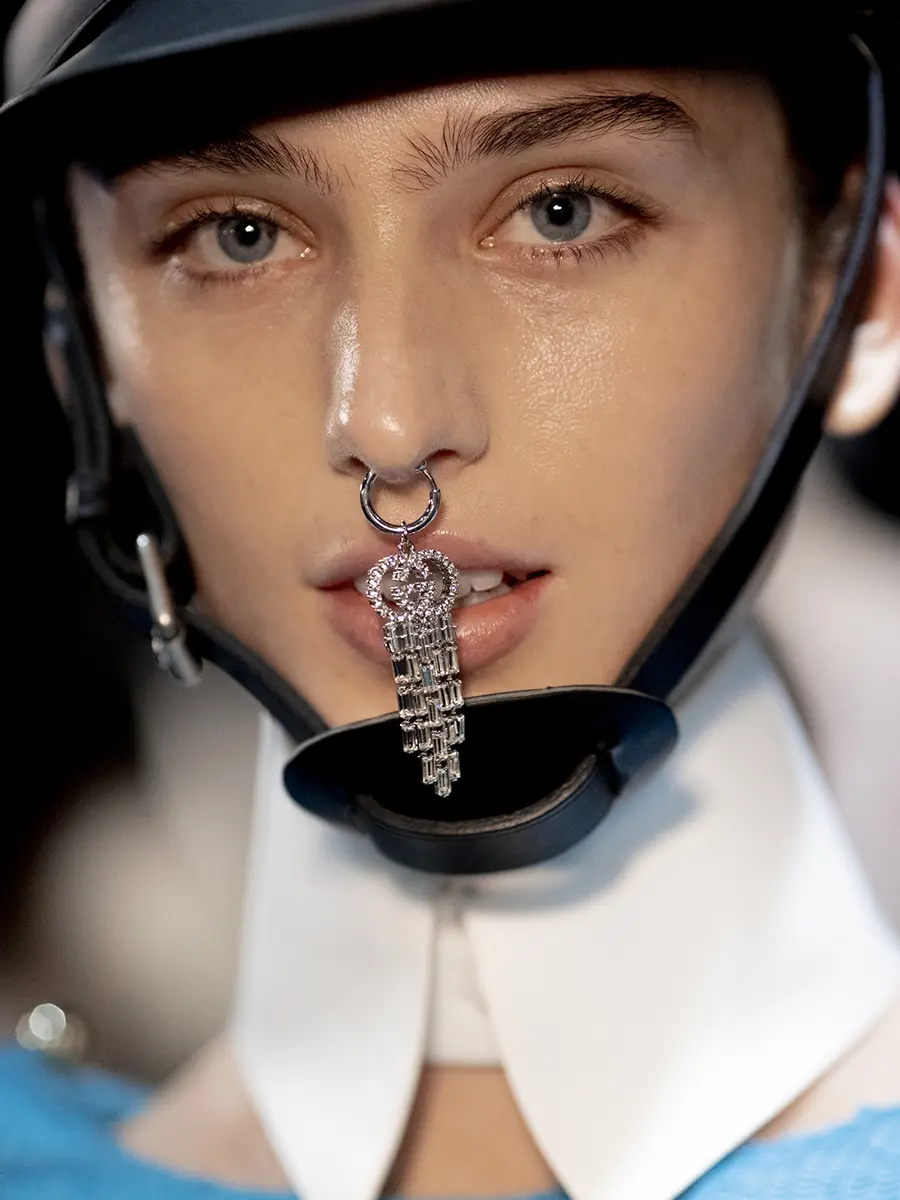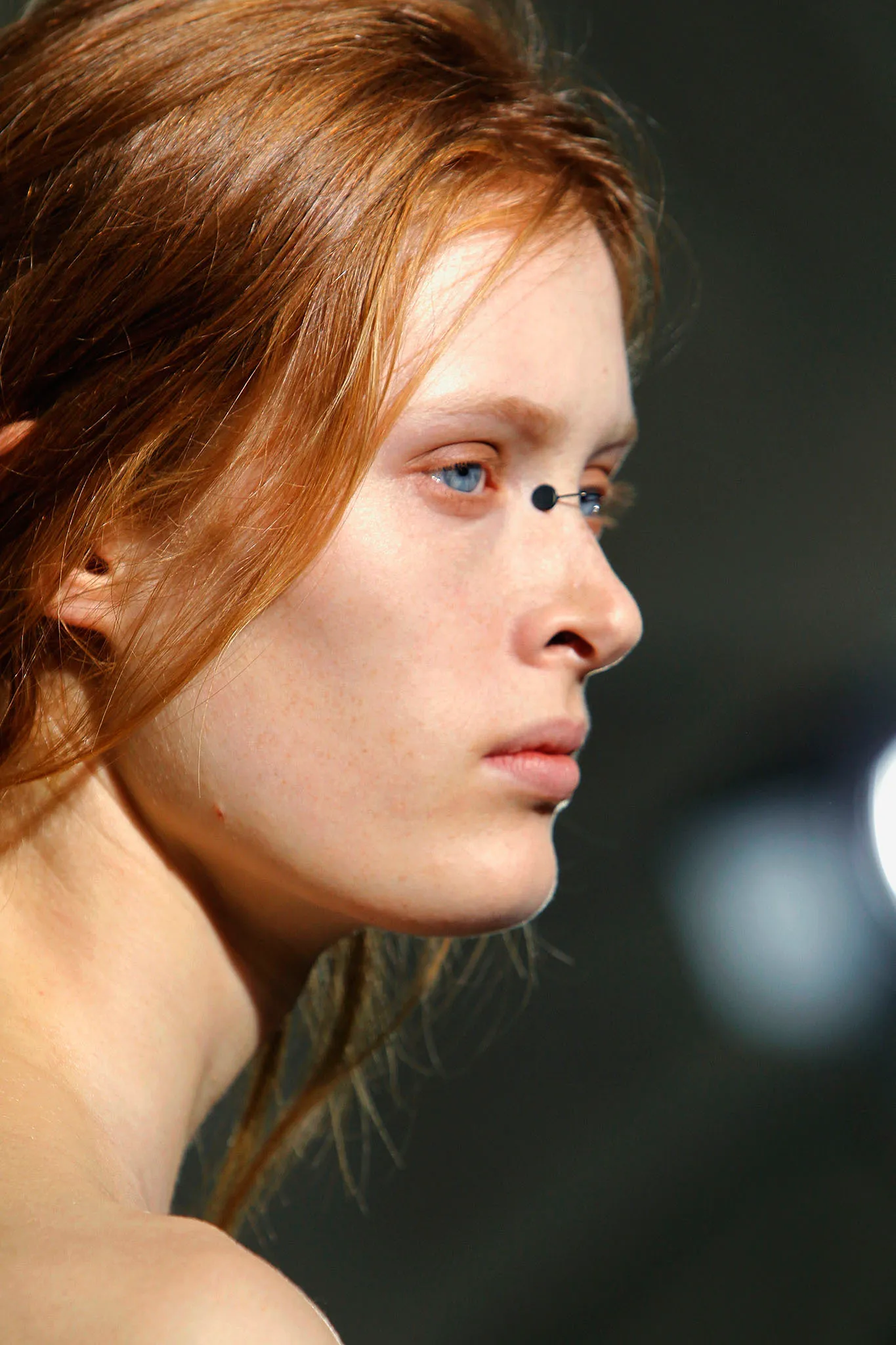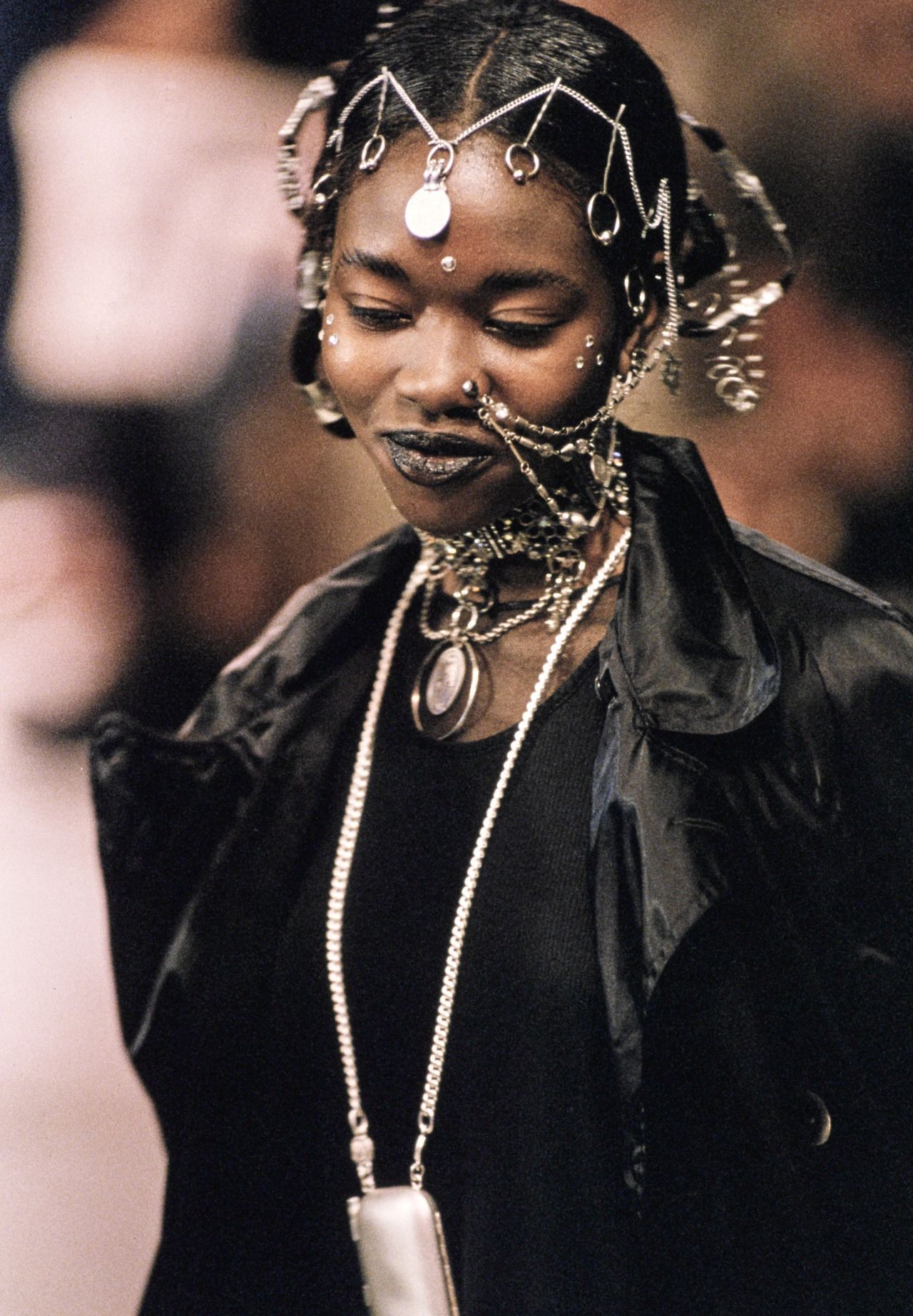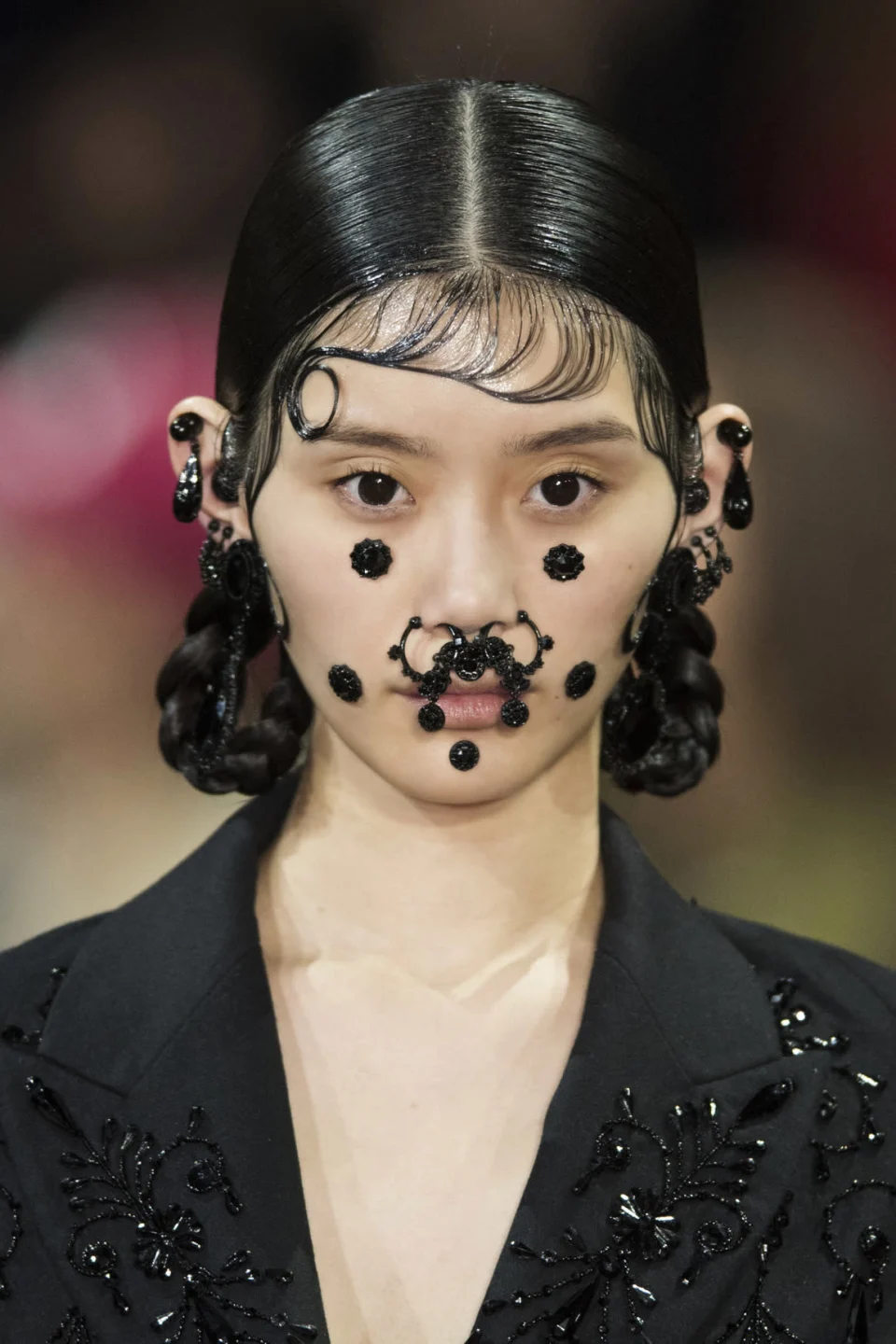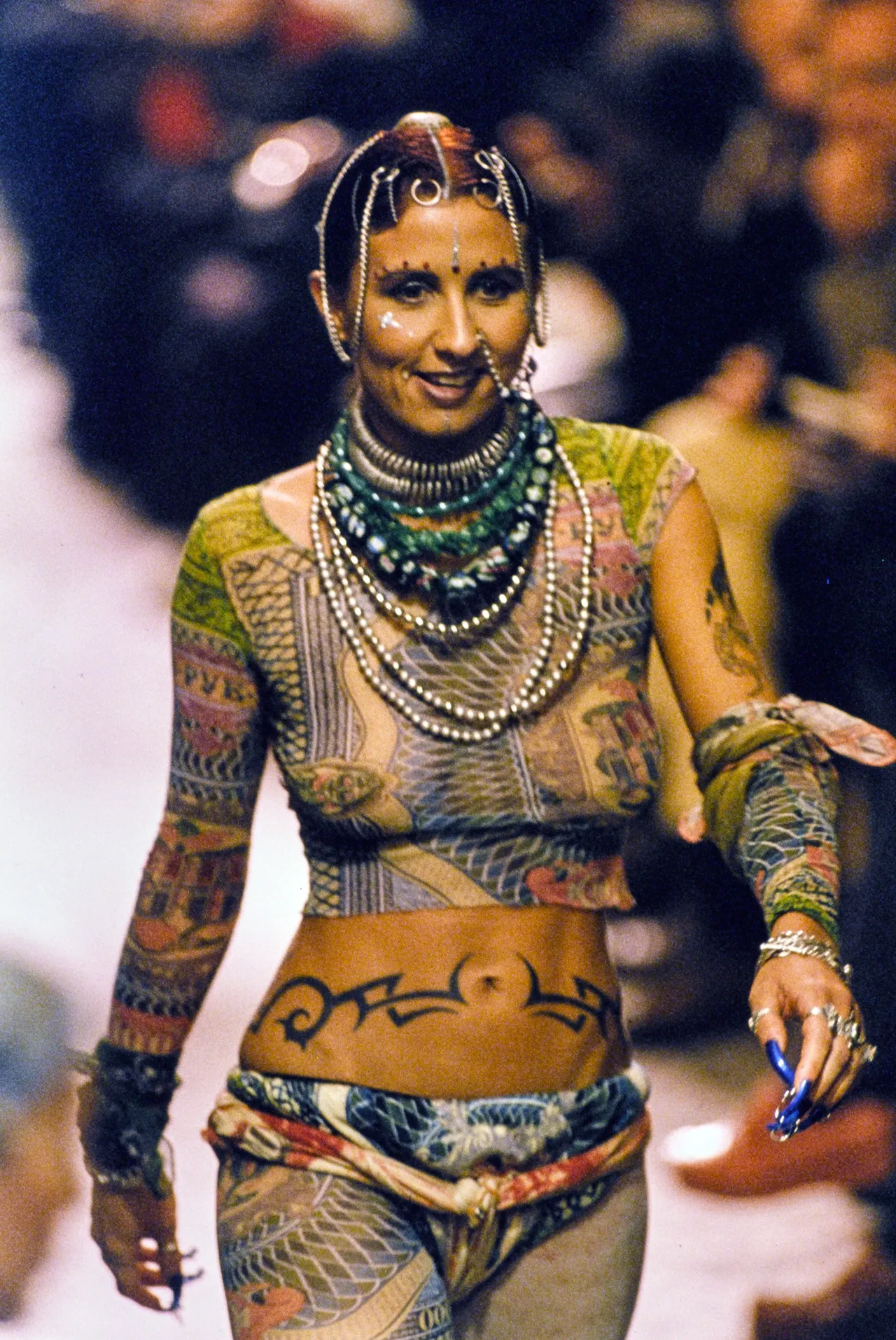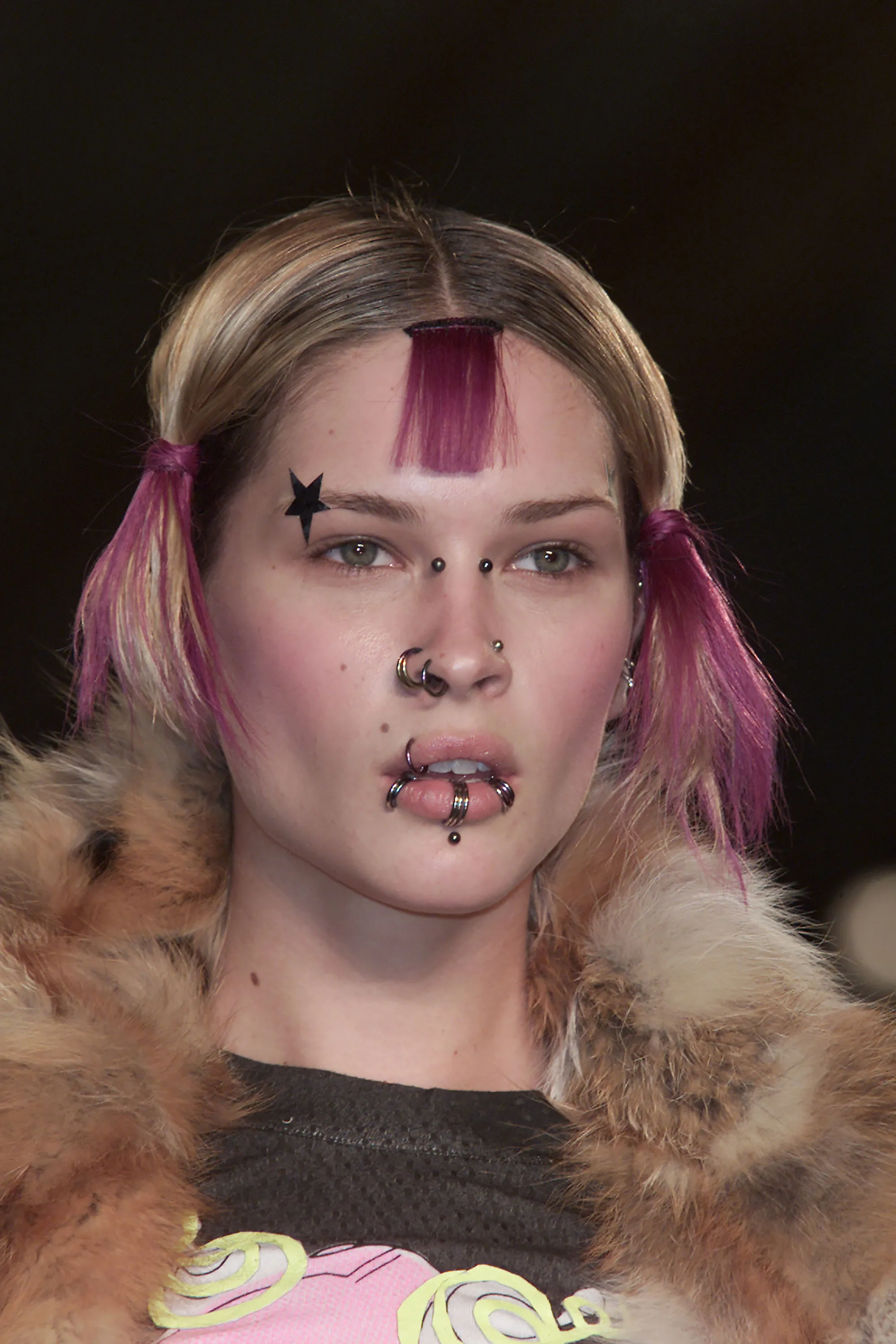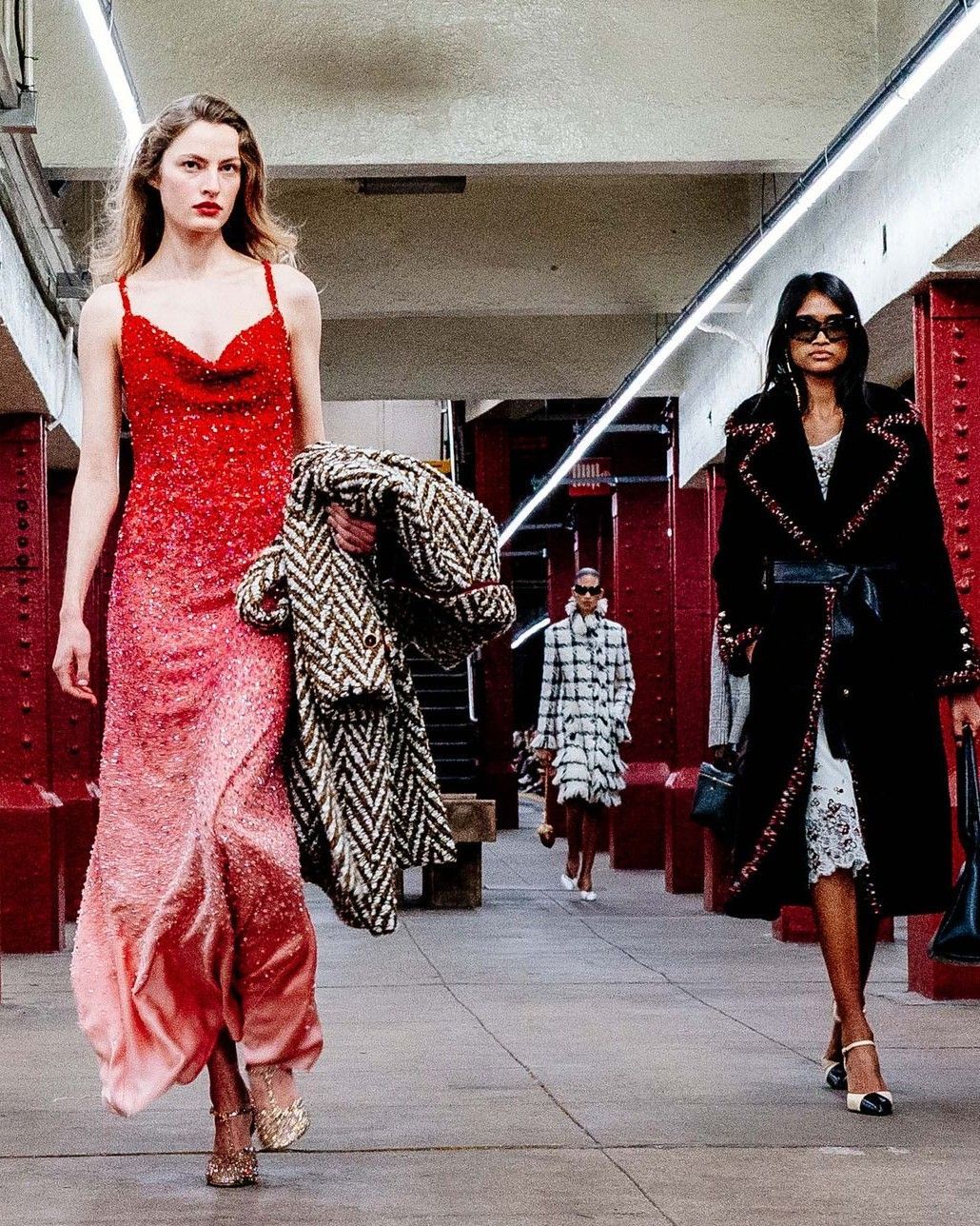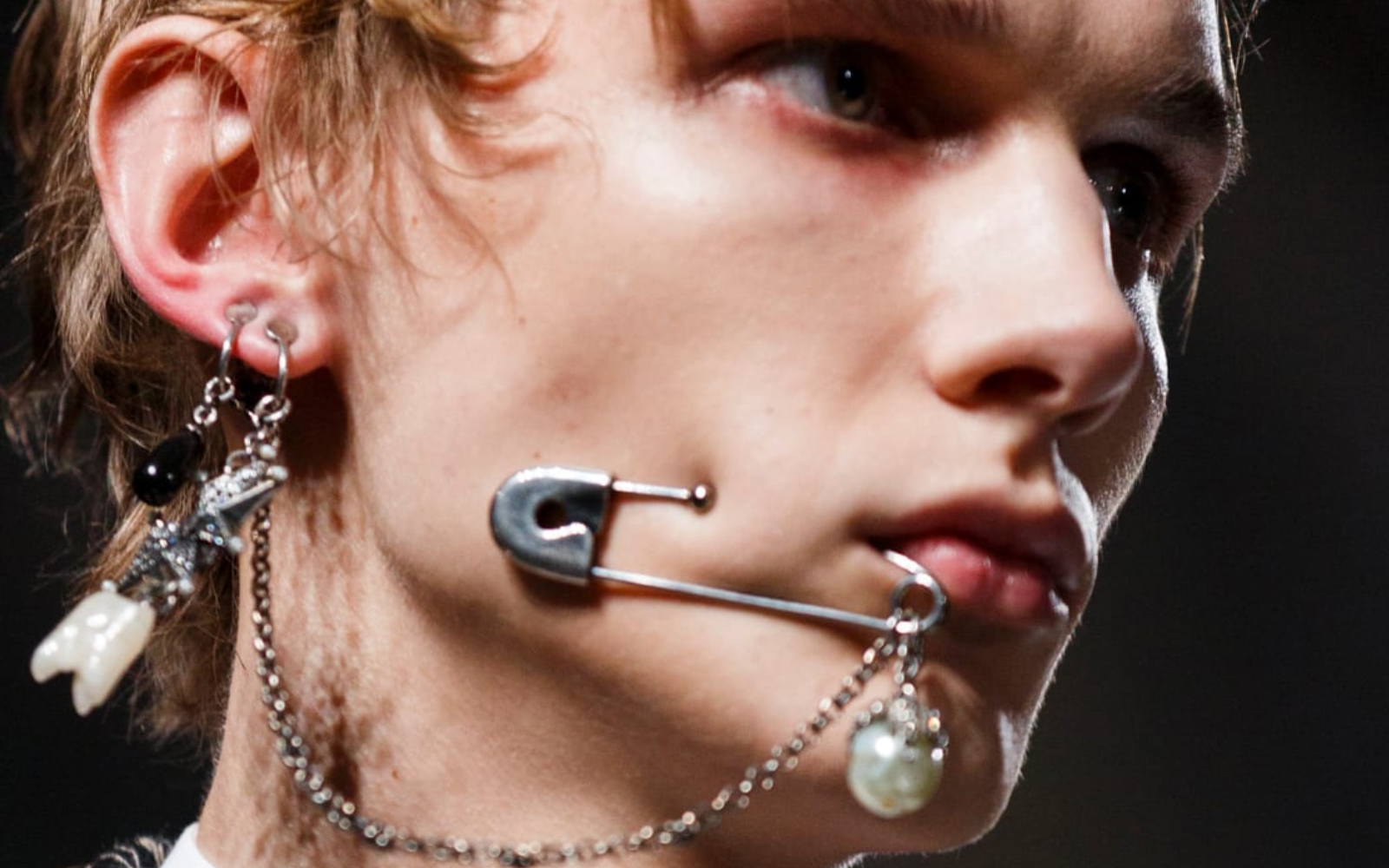
Extreme is beautiful: history of piercings in fashion From symbol of rebellion to post-grunge designer obsession
Whether it is the punk subversion of Vivienne Westwood or the post-apocalyptic aesthetics of Balenciaga, fashion has explored subcultures by absorbing their stylistic codes, sometimes emptied of their original message of subversion, sometimes exploited as an ideological manifesto precisely because of their symbolic meaning. And if there is one sign that still today denotes belonging to a subculture, be it emo, punk or gabber, it is the piercing, the absolute star of Jean Paul Gaultier's latest fashion show designed by Olivier Rousteing during Paris Fashion Week, in which huge nostrils evoked the enfant terrible's iconic SS94 tribal catwalk. Septum, nostril, labret, smiley, cheek: there are so many of them and they can cover the most disparate parts of the body. In fashion, they not only adorn the ephebic faces of models, but can also become an applique on sweatshirts, sweaters, bags and hats, giving garments that post-grunge allure that designers of the calibre of Demna Gvasalia, Riccardo Tisci, John Galliano, Thom Browne, Alessandro Michele, Jonny Johansson, Martin Margiela like so much.
From the English to pierce, piercing, long before becoming a symbol of subversion, was an emblem of belonging and differentiation: peculiar to African tribes with the purpose of distinguishing the roles assumed by various individuals in daily life and in ceremonies, as well as a widespread practice in religious and spiritual, sexual and erotic contexts, and not just for simple tradition. Some communities used to pierce their genitals as a symbol of fertility, but also to increase sexual pleasure, others to protect themselves from demons and evil spirits, and still others to designate the passage from childhood to adulthood in young men. During the slave trade, women would try to pierce as many parts of their bodies as possible, even lobes and lips to throw off the 'buyers' who used to choose them for their beauty. For sailors, on the other hand, it was common to wear gold piercings: it was believed that the jewellery would bring the body back to the surface in the event of shipwreck and at the same time serve to pay off any funeral expenses in the event of sudden death. To this day, piercings are still used for religious purposes in some parts of the world, while in Western culture, the jewel has lost its ritual value, remaining a functional tool for bdsm practices or a simple accessory, as much loved as hated.
Alongside fashion's obsession with tattoos, piercings certainly occupy a prominent place. The fashion industry's love for the accessory reached its peak at Alexander McQueen's autumn 2016 men's fashion show in London, where models walked down the runway with safety pins stuck in their cheeks. A fan of this type of body modification is Riccardo Tisci, who explored the aesthetics of nostrils as early as 2012, while in autumn 2015 with Givenchy, piercings multiplied exponentially, culminating in a collaboration with make-up artist Pat McGrath in a tribal look composed of pearls, lace and jewels in spring 2016 in New York. Chanel for SS12 chose to create a branded version, as did Gucci last season.
While much of the fashion industry turns to professionals such as J. Colby Smith, Kate and Laura Mulleavy adorned the models' eyebrows with rows of small hoop earrings for Rodarte's spring 2015 fashion show and Dries Van Noten presented his beauty look in Paris with fake piercings: a golden metal line traced in the centre of the lower lip to simulate a vertical labret. Among the designers who have preferred to re-position piercings from faces to garments instead, an honourable mention goes to Marni by Francesco Risso, an endless source of moccasins, mary janes, boots and from the last collection even silk shirts covered with thin rings, similarly Balenciaga has often used piercings such as the septum or nostril to decorate baseball caps and shirts. With the Y2K revival, on the other hand, fashion has rediscovered Galliano's Piercing bags for Dior, which today at retail have seen their original price double, a symbol of a time when the French brand had a dark and hardcore allure and the classic saddle bag covered in chains and metal seemed the perfect accessory for a metal concert.












































